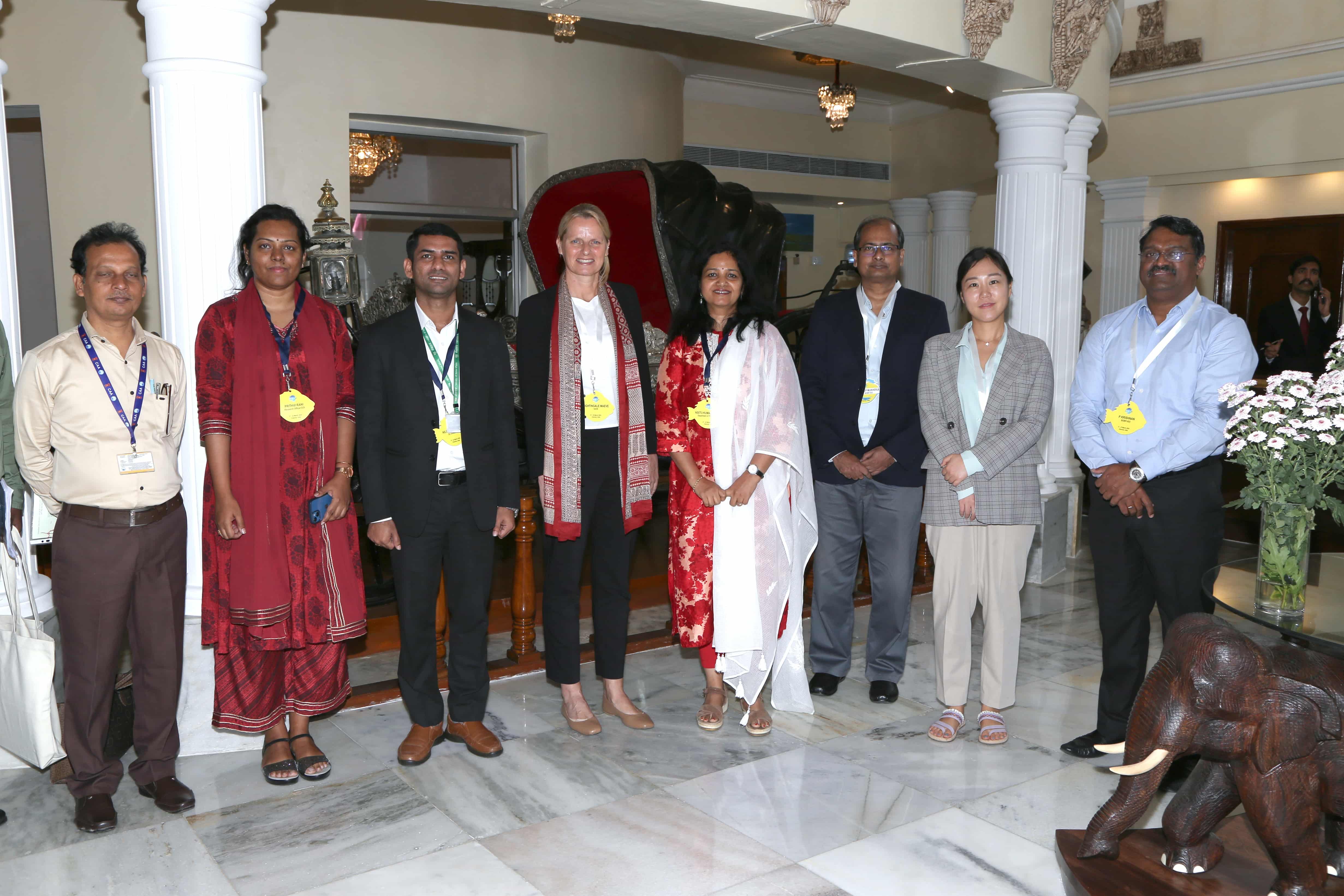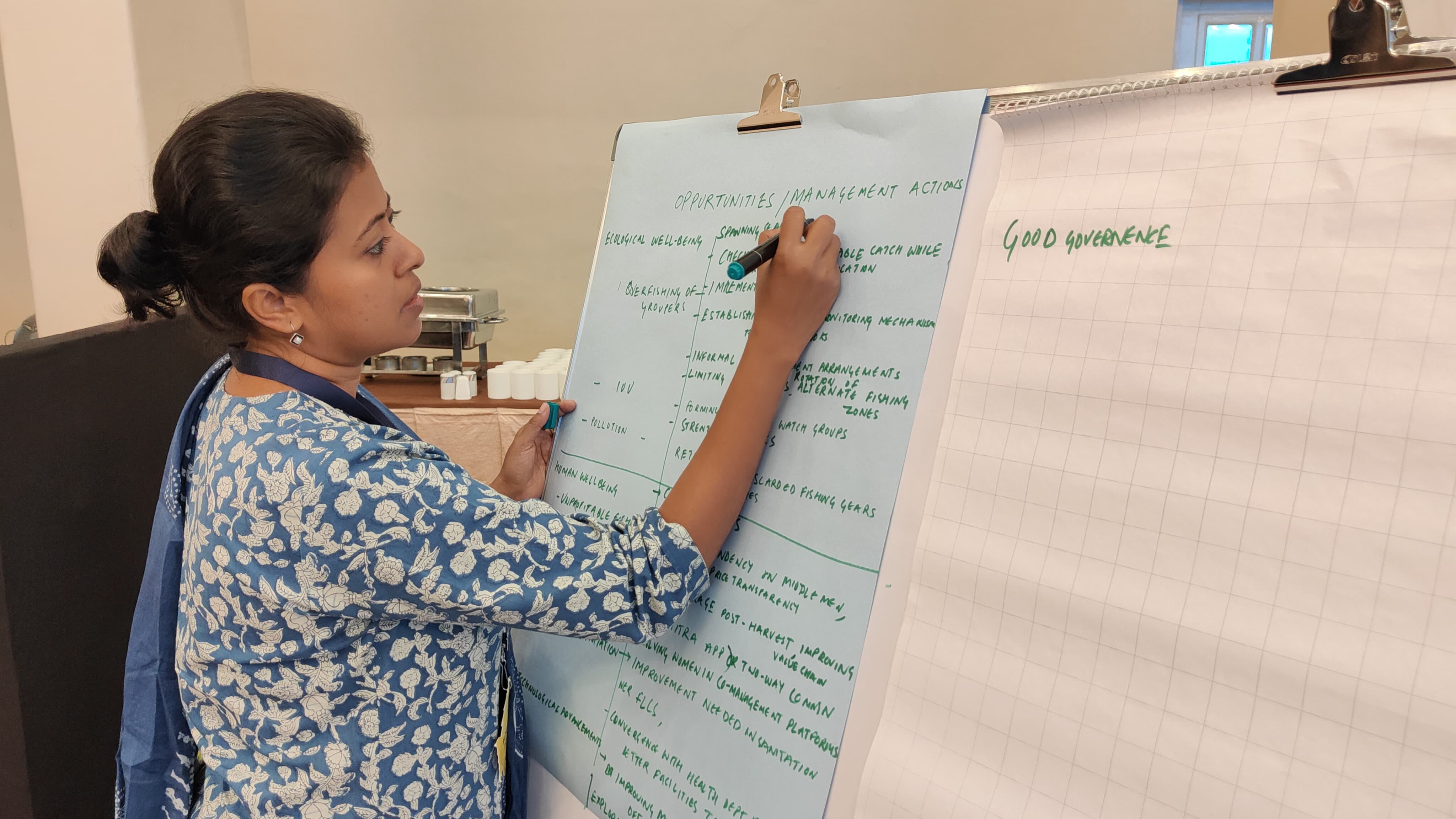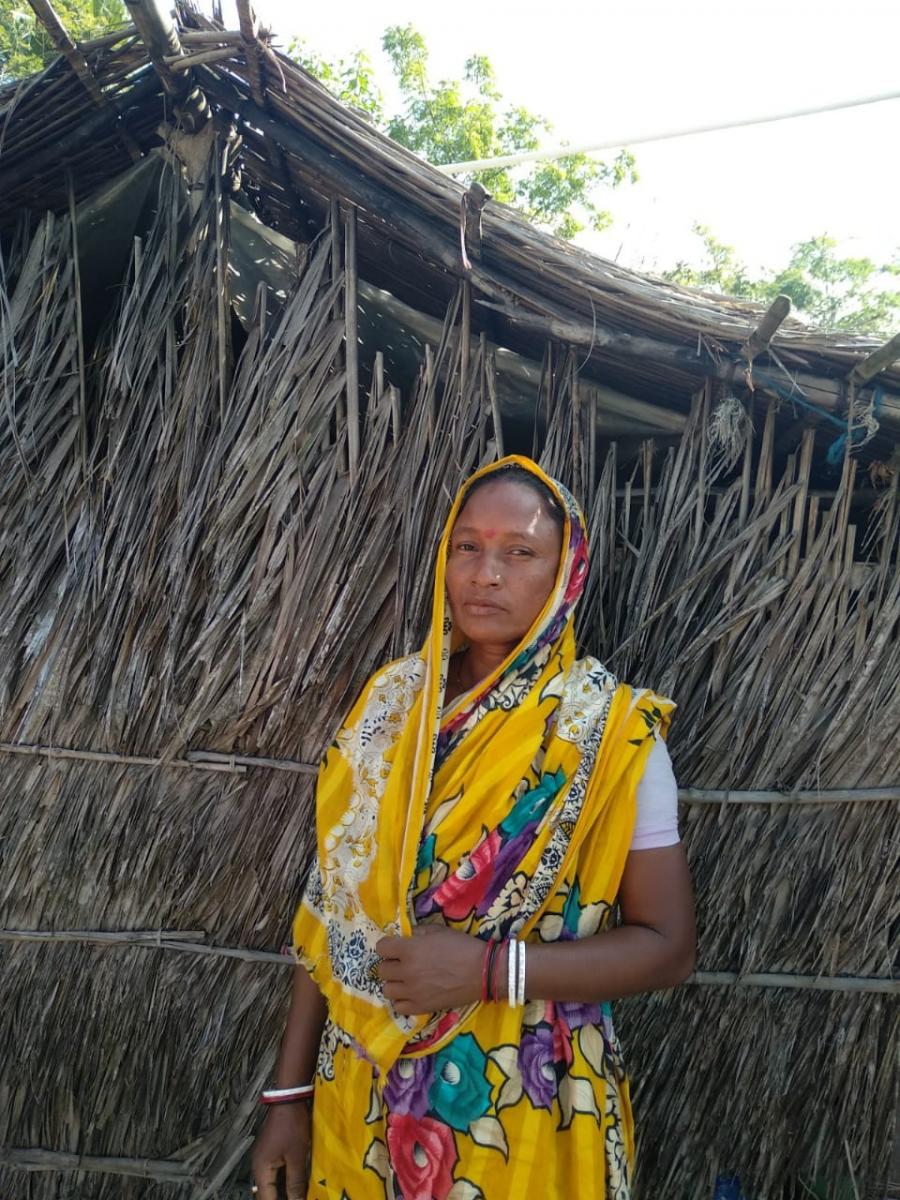A National Consultative Workshop on Bay of Bengal Large Marine Ecosystems (BOBLME) Project Phase II was held on 21-23 March 2024 in Chennai, India, with 85 participants, including representatives from the Department of Fisheries (DoF), the Ministry of Environment, and Forest and Climate Change (MoEFCC), as well as researchers and academia from regional and international institutions.
Participants discussed potential project sites and explored opportunities to implement an Ecosystem Approach to Fisheries Management (EAFM) as well as improve management effectiveness of Marine Managed Areas (MMAs) that are designated for conservation. EAFM looks at the interactions between living and non-living things to understand how they contribute to an ecosystem from a social, ecological and governance perspective.
“Local communities and the government must share the responsibility as well as authority for fisheries management,” Dr E. Vivekanandha, Fisheries Expert, Bay of Bengal Programme Inter-Governmental Organisation (BOBPIGO), highlighted in his introduction to EAFM presentation. “What sets EAFM apart is that all affected stakeholders must have a role in the decision-making and implementation process.”
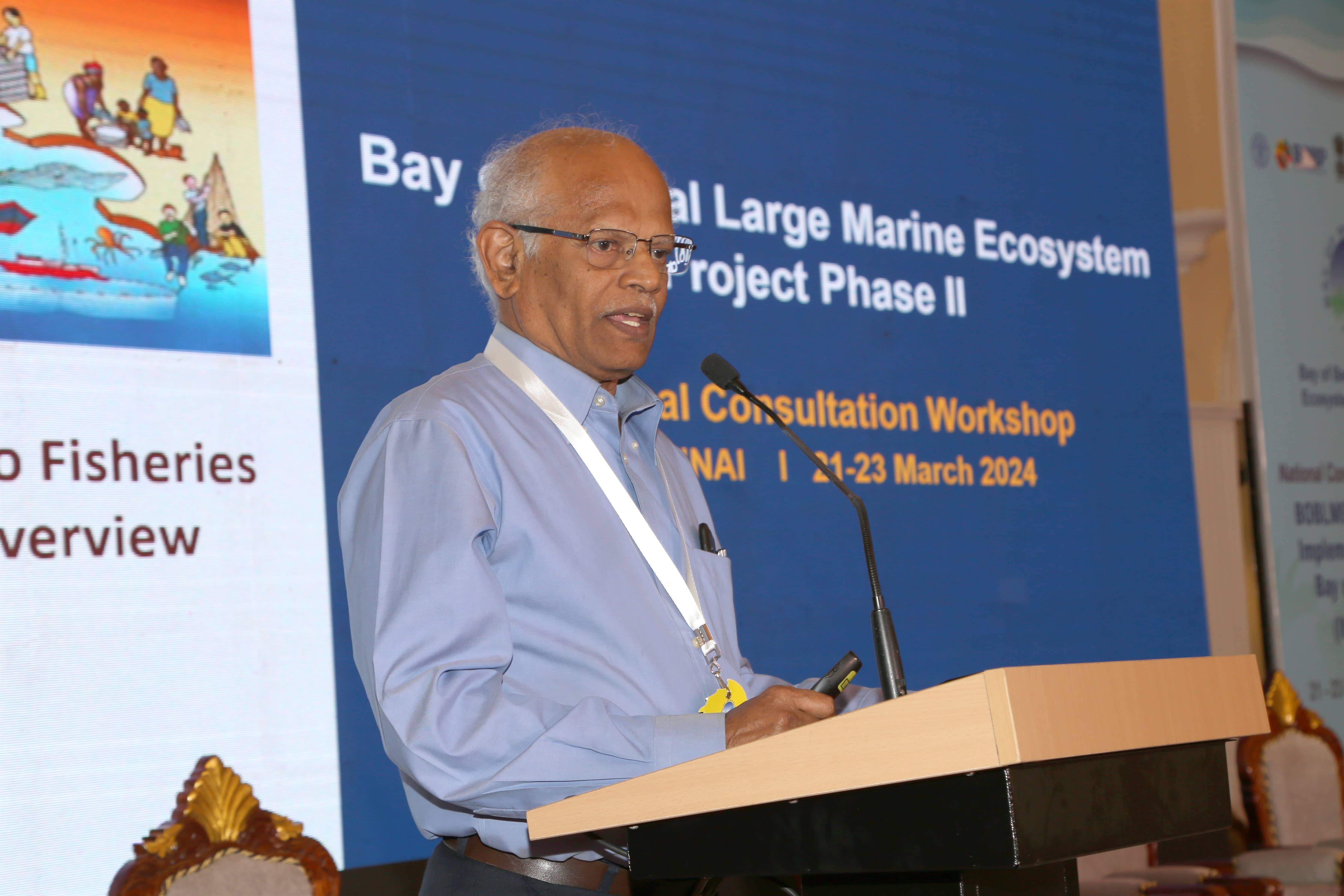 Dr E. Vivekanandha, Fisheries Expert, BOBPIGO, presents an Ecosystems Approach to Fisheries Management (EAFM)
Photo: BOBPIGO
Dr E. Vivekanandha, Fisheries Expert, BOBPIGO, presents an Ecosystems Approach to Fisheries Management (EAFM)
Photo: BOBPIGO
According to a report by FAO, 30% of the Indian Ocean’s assessed stocks are not fished within sustainable levels, with 16-34% of catch that’s illegal or unreported. To address this direct threat to food security as well as biodiversity, participants formulated an initial plan to reduce illegal, unreported, and unregulated (IUU) fishing in India. Participants also conducted an initial scoping of potential project sites for MMAs.
To support long-term conservation efforts, IUCN presented opportunities for applying the Green List Framework, a mechanism which recognises sites that produce successful conservation results for nature and for people. “The Green List Standard serves as a pathway for conservation success by defining a vision, addressing challenges and opportunities to invest in resources for human-nature coexistence in EAFM and MMAs,” Mr Khalid Sayeed Pasha, Coordinator, Regional Protected and Conserved Areas, IUCN Asia Regional Office, shared. “It’s a framework that is transformative for achieving area-based conservation success and community wellbeing.”
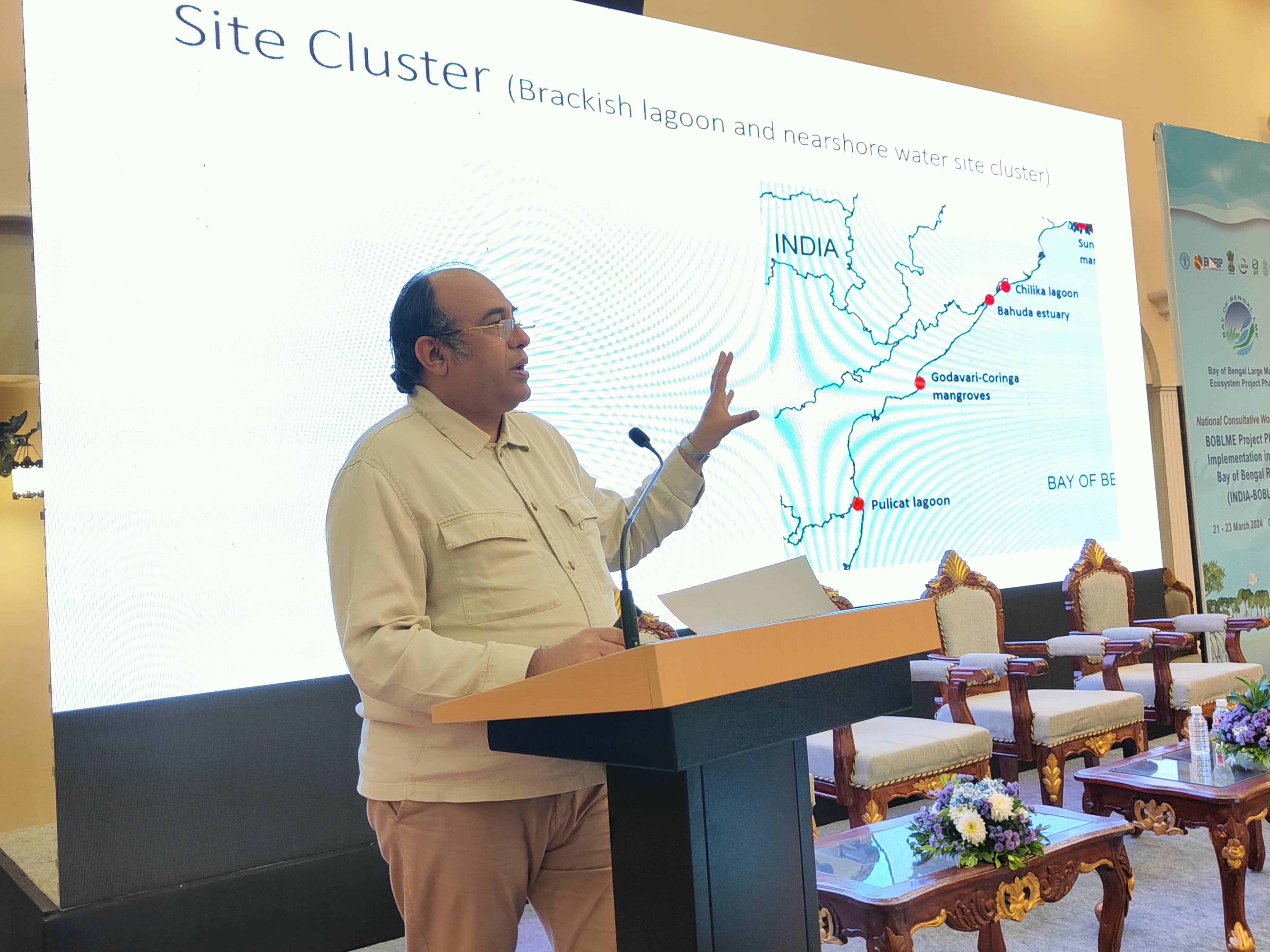 Mr Khalid Sayeed Pasha, Coordinator, Regional Protected and Conserved Areas, IUCN Asia Regional Office, presents opportunities to apply Green List Standards to project sites
Photo: BOBPIGO
Mr Khalid Sayeed Pasha, Coordinator, Regional Protected and Conserved Areas, IUCN Asia Regional Office, presents opportunities to apply Green List Standards to project sites
Photo: BOBPIGO
Mr Wren Mishra, Deputy Secretary, MoEFCC, India, highlighted the BOBLME Phase II project is well aligned with national priorities, including India’s vision for the development of its Blue Economy to promote the sustainable use of its ocean and marine ecosystems. Moving forward, BOBLME project partners will finalise project site selection and hope to identify opportunities for applying Green List Standards to ensure long-term sustainability of marine conservation efforts beyond the duration of the BOBLME project.
The workshop follows a regional inception, in December 2023, that brought together representatives from the fisheries and environment sector in the seven project countries. Bangladesh and Thailand have since conducted national inception workshops to identify opportunities for EAFM and MMA, as well as potential project sites.
